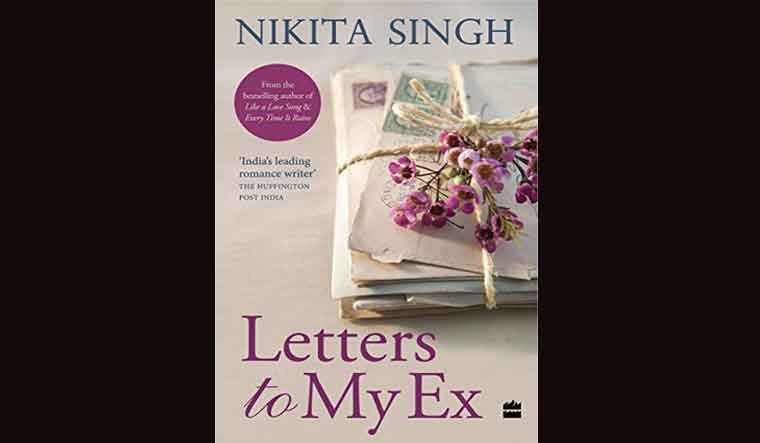English language readers have a wide range of romance literature to choose from: Pride and Prejudice, Wuthering Heights, Regency Buck, Madame Bovary, Gone With the Wind, The Portrait of a Lady, and so on. While this may look like a racially skewed reading list for an English major student in the first year of undergrad, it is no doubt pivotal in shaping certain aesthetic sensibilities in appreciating matters of the heart. They may not help us navigate the perils of modern romance but definitely teach us how to recognise real stories of heartbreaks and hook-ups. It is a travesty that the romance genre in Indian publishing hasn't produced enough writers who have intelligently captured the realities and frustrations of loving and leaving. Two new writings in the genre, Anjali Kirpalani's 19 Till I Die and Nikita Singh's Letters to My Ex, also leave much to be desired.
In Kirpalani's novel, four young millennials on the cusp of adulting away from home find themselves in a university in Canada, ready for new adventures. Zaid, Fiona, Rachna and Tia have their own emotional baggage to deal with, be it the festering wounds of a break-up, the expectations of studying abroad, the need to test one's limits of surviving in a culturally alien environment, or the need to escape over-protective parents. What they have left behind is immaterial in the context of newer opportunities. The promise of finding love is everywhere, and some of them do find romantic fulfilment. But, as they say, the true course of love never did run smooth; so the story begins to unravel.
Singh's book is exactly what the name suggests, attempted in a standard-procedure epistolary format (except that Singh has also taken care to include emails and text messages): Letters of a confused 20-something, addressed to a man she spurned on the day of her engagement. A sample passage: "My life is a joke now. Quarter-life crisis, leaving the love of my life at the (almost) altar in front of everyone we know and love, travelling to Europe alone following the aftermath—check, check and check. Cliché upon cliché upon cliché."
It is heartening to see Singh so self-aware, but that doesn't salvage the novel from becoming a tiresome drone of a teenage diarist on a disproportionate diet of romcoms. It is not easy to write about romantic angst, separation and ennui. Especially on economically empowered denizens with no dearth of options. They are a complicated breed. More so, it is hard to con them with simplistic interpretations of love and discontent. Kirpalani and Singh will have to try harder to get a firm grip on the dynamics of modern love and relationships.


